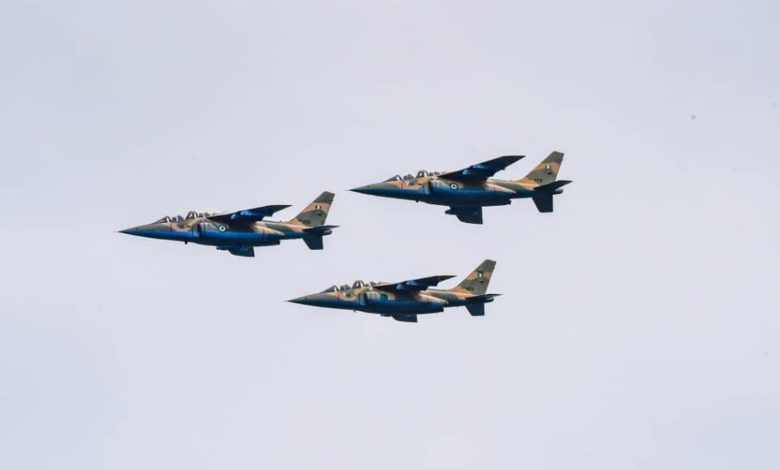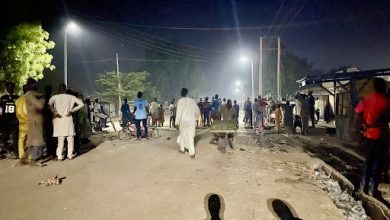Military Airstrikes Driving ISWAP, Boko Haram Confrontations In Sambisa Forest
Vulnerability of the Lake Chad islands to multinational military air raids is forcing ISWAP fighters to find new shelters even at the risk of open confrontation with rival terror groups in the region.

HumAngle has learned that the exposure of the Lake Chad islands to military air and artillery strikes is part of the reasons behind the Islamic State West Africa Province’s recent incursion into the Sambisa forest area in Borno, Northeast Nigeria, as it picks interest in the Mandara mountain range.
These areas have been the stronghold of the Abubakar Shekau-led Boko Haram faction also known as the Jamā’at Ahl as-Sunnah lid-Da’wah wa’l-Jihād (JAS). It is unclear if ISWAP’s shifting interest will lead to the dislodgement or absorption of Boko Haram cells in the area or force the latter to move to other areas.
Northern Borno and Lake Chad are geographically flat arid land with wetlands, islands, and rivers. These environmental factors were exploited by ISWAP for offensive and defensive reasons particularly against ground operations by the military.
As previously observed by HumAngle, they also provide the resources that sustain the local economy in areas where the group has influence.
The seasonal rainfall in northern Borno impacts the terrain by turning the soil muddy, increasing vegetation cover, and sustaining rivers that form barriers and hinder military operations.
Despite the usefulness of Lake Chad and its wetlands, it does not provide natural concealment and protection from aerial bombardment, surveillance, and long-range artillery weapon systems.
The Sambisa forest, savannahs, and the Mandara mountain range are conducive for hideouts that are less vulnerable to these strikes.
Over the past few years, the Nigerian military has rapidly expanded the use of aerial platforms for intelligence gathering and combat aircraft for the bombing of ISWAP and Boko Haram enclaves.
The Air Force extensively uses fixed-wing combat aircraft comprising the two variants of the light attack and advanced trainer Alpha Jets, the L-39ZA Albatros attack aircraft, and F-7NI fighter jets.
The F-7NI jets, which are usually utilised in deep air support and air interdiction, are temporarily out of service for in-depth overhaul and maintenance. The Air Force also uses the MI-35M gunships and the weaponised MI-171 helicopters.
There are plans to induct more armed unmanned aircraft such as the CH3, CH4, and Wing Loong from China which will increase the capacity of the Air Force to conduct both surveillance and targeting missions simultaneously.
Similarly, the service is expecting the arrival of 12 A-29 Super Tucano aircraft from the United States of America, with the first batch of aircraft expected in Kainji Airbase at the end of the second quarter of 2021.
In the coming days, the Air Force is expected to officially induct three JF-17 Thunder multiple fighter jets. However, the small number of the aircraft will hinder their deployment due to technical and mechanical constraints.
Support Our Journalism
There are millions of ordinary people affected by conflict in Africa whose stories are missing in the mainstream media. HumAngle is determined to tell those challenging and under-reported stories, hoping that the people impacted by these conflicts will find the safety and security they deserve.
To ensure that we continue to provide public service coverage, we have a small favour to ask you. We want you to be part of our journalistic endeavour by contributing a token to us.
Your donation will further promote a robust, free, and independent media.
Donate HereStay Closer To The Stories That Matter




